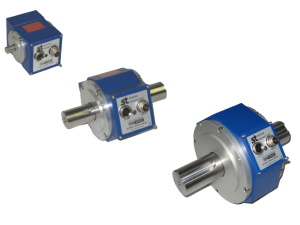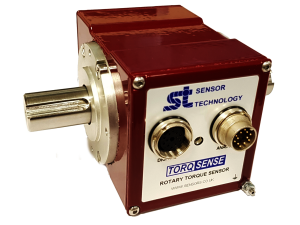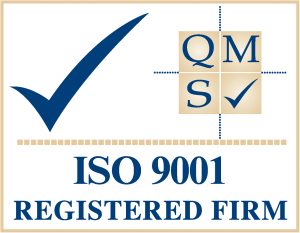Sensors being integrated into ever-more products and systems will be a key driver for technology developments for the next several decades. So says Mark Ingham of Sensor Technology Ltd in Banbury.
Most people have had a tough few years, but as a sensor company we have been lucky. Many of our clients have kept customers interested and orders coming in by adding new features to their existing products. Often these new features need developing and testing using sensors – or they may even actually be a sensor!
But this is not just a recession buster; it is part of a long term trend. Many consumer products are becoming more ‘intelligent’, while specialist systems are becoming more ‘capable’. In reality this means more sensors are being fitted and their signals processed automatically.
 For instance a modern camera is likely to have sensors for tilt, shake, focus, light levels. Today’s cars have sensors for speed, engine revs, exhaust content, brake pressure, engine temperature, cabin temperature, ambient temperature, window position, lock activation, oil levels, etc. And this number will only increase, drive by new safety requirements, increasing environmental monitoring and the consumers’ insatiable desire for something new.
For instance a modern camera is likely to have sensors for tilt, shake, focus, light levels. Today’s cars have sensors for speed, engine revs, exhaust content, brake pressure, engine temperature, cabin temperature, ambient temperature, window position, lock activation, oil levels, etc. And this number will only increase, drive by new safety requirements, increasing environmental monitoring and the consumers’ insatiable desire for something new.
The medical world is increasingly automated. Doctors, dentists, nurses, chiropodists and physiotherapists all use far more equipment than their predecessors. And it is increasingly sophisticated equipment too, with sensors providing feedback for self-adjustment and as a diagnostic aid.
Clean fuel technologies such as engine management systems, flue gas analysers and afterburners for incinerators and boilers, all rely on real time sensing.
Considering all this, it is clear to see that the deployment of sensors is going to spiral over the next several decades. New areas of use are appearing all the time, existing sensor users are installing ever more, and areas that previously did not uses sensors at all are now adopting them for automation, monitoring or to provide extra functions.
And the rate of development of new sensors is set to explode. Micro machining, the adoption of ceramics and of grown-crystal structures will mean sensing heads can become much small, more robust and almost infinitely reliable. And this is coupled with the continuing expansion of signal processing capacity as semiconductor technology develops yet further. (Moore’s Law – processing power doubles every 18-24 months – shows no sign of slowing down).
We can safely predict that in 10 years time sensors will be so much more developed that it will be like the current generation of automotive engineers looking back at the Ford Anglia and Morris 1000.
And we can continue the motoring analogy: a couple of generations ago, people did not have cars so did not travel (not five miles for a pint of mile, nor 10 miles to a good school or a specialist clinic, nor 20 miles to work or to visit a sick relative, nor 100 miles for a business meeting, nor 200 miles for a holiday). Now we all have cars and take for granted journeys our grandparents could barely dream about.
In short, technology is going to change radically due to the increasing development and use of sensors, and life will follow suit. Sensor companies always work at the leading edge of developments, so we know that there are several drivers for technology.
One of the main ones is that customers always want more for less – greater capabilities and capacity, at lower prices. Ignore this and you will soon go out of business; accept it and you are always moving forward with exciting new developments.
It is also a truism that if you start to develop one thing you will always find several more things worth investigating. For example, we at Sensor Technology set off to develop a torque sensor for one application in marine engineering, but we have since used it in automotive engines, aeronautics, power generation, materials handling, medical research to name but a few applications.
Another important technology driver is the curved ball from left field. Simply put you never know what is a round the corner. Who would have said in 1999 that the military were about to really push medical technology forward, or that an aging population would encourage the development of exercise machines and the burgeoning market for gym membership. Many of us thought the Instamatic was the mature state of the camera technology – we didn’t see the potential of integrating it with computers and mobile communications. We have seen clean power switch from an idle daydream type technology to one of the main objectives of global research and cars develop unbelievably.
What we can say is that technology is going to continue developing on all fronts, opening up new markets, increasing life expectancy, and improving living standards around the world. Sensor developments are set to play an enormous part in this, in the same way that computers have come to the fore over the last 25 years.
In fact like Gordon Moore, I am postulating a new principle: ‘Ingham’s Law – Sensor usage doubles every five years’. And I would encourage today’s teenagers to study the science, technology and engineering of sensors – that puts them on the threshold of an exciting, fulfilling and secure career.





